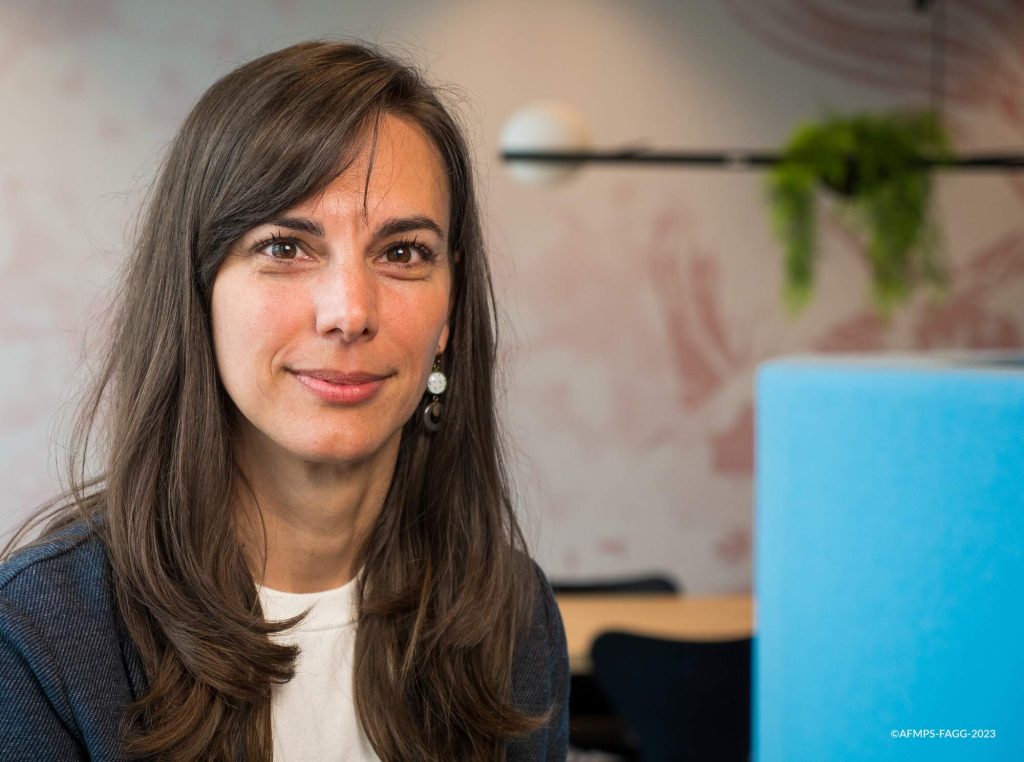Non-clinical assessment of new medical products shows how science and societal issues are closely intertwined
Non-clinical research plays a crucial role in the development of new medicinal products and treatments. Although clinical trials on humans receive the most attention, non-clinical research is enormously important as it enables us to gain an understanding of the safety and efficacy of potential treatments. Non-clinical research includes animal experiments (in vivo research), testing on cell cultures (in vitro research) and computer simulations (in silico research). Identifying potential problems early in the development process helps streamline clinical trials, leads to better outcomes for trial participants and ultimately improves medicinal products.





